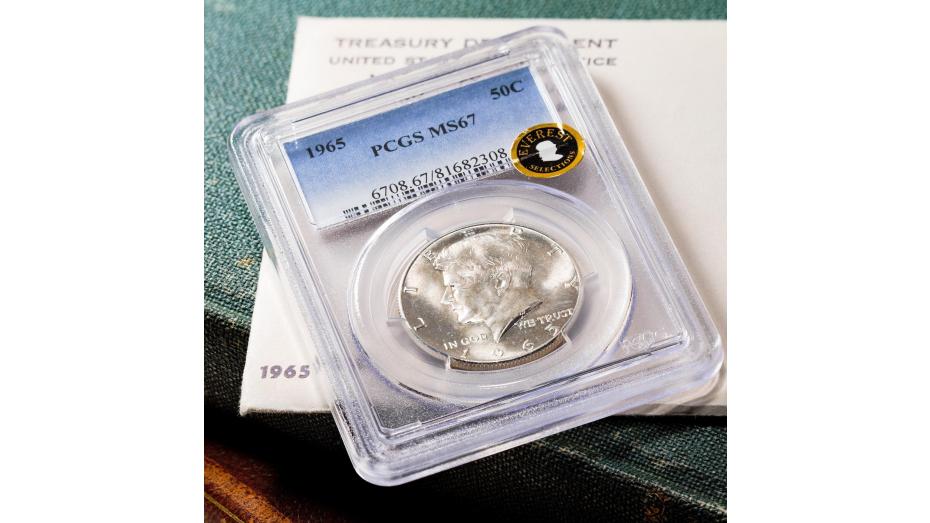Why Was Silver Removed From Coinage?
Throughout the history of the U.S. Mint, the issue of managing the money supply and preventing hoarding has been a consistent challenge. During the Great Depression for instance, the hoarding of gold coins forced the government to enact Executive Order 6102, to prevent said hoarding from damaging the economy further. In the mid-1960s, the U.S. government faced a similar issue, this time with silver.
While the gold hoarding of the early 1930s was spurred by economic fears, the silver shortage of the 1960s was caused by something else entirely. The usage of silver had been increasing ever since the end of World War II, but between 1958 and 1965, the consumption of silver nearly tripled. The United States Mint alone went from using 38 million troy ounces of the precious metal in 1958, to over 111.5 million troy ounces in 1965. The largest factor driving this increase in demand was an increase in silver’s industrial applications, such as in batteries, electronic components, and photographic film. Despite this surge in demand almost tripling in eight years, production of silver had only increased by 15%. The result of this demand combined with the relatively low supply of silver caused the precious metal’s price to rise dramatically. In turn, the melt value of a silver coin became higher than its face value.
While coin shortages had been a reality ever since the end of World War 2, these shortages were typically local in scope and brief in duration. By comparison, roughly $460,000,000 worth of silver coinage was being hoarded in the 1960s, leading to a severe shortage in circulating coins. By 1963, the Mint was forced to ration denominations, but this failed to solve the issue. Next, the Mint tried heavily increasing the production of silver coins to offset the hoarding. Despite this surge in minting however, 1964 did not see an increase in “flowback,” where any extra coinage a bank received was returned to the Mint. This indicated that banks and consumers were continuing to hold onto silver coins. While circulation did improve, the rate of production was utterly unsustainable. By their own projections, if they continued striking coins at the rates they had been the Mint would run out of silver entirely by 1968.
The United States Department of Treasury determined a solution to this problem, which was to completely remove the silver content from dimes and quarters while debasing half dollars to a 40% silver composition. Recognizing the severity of the situation, Congress passed the Coinage Act of 1965, which was signed by President Lyndon B. Johnson on July 23rd, 1965. A few years later, in 1970, silver was completely removed from half dollars.
Today, no circulating coinage contain silver and only special proof issues of dimes, quarters, and half dollars are composed of any silver at all. Rare Collectibles TV has a curated selection of proof dimes, quarters, half dollars, and many more denominations available.






